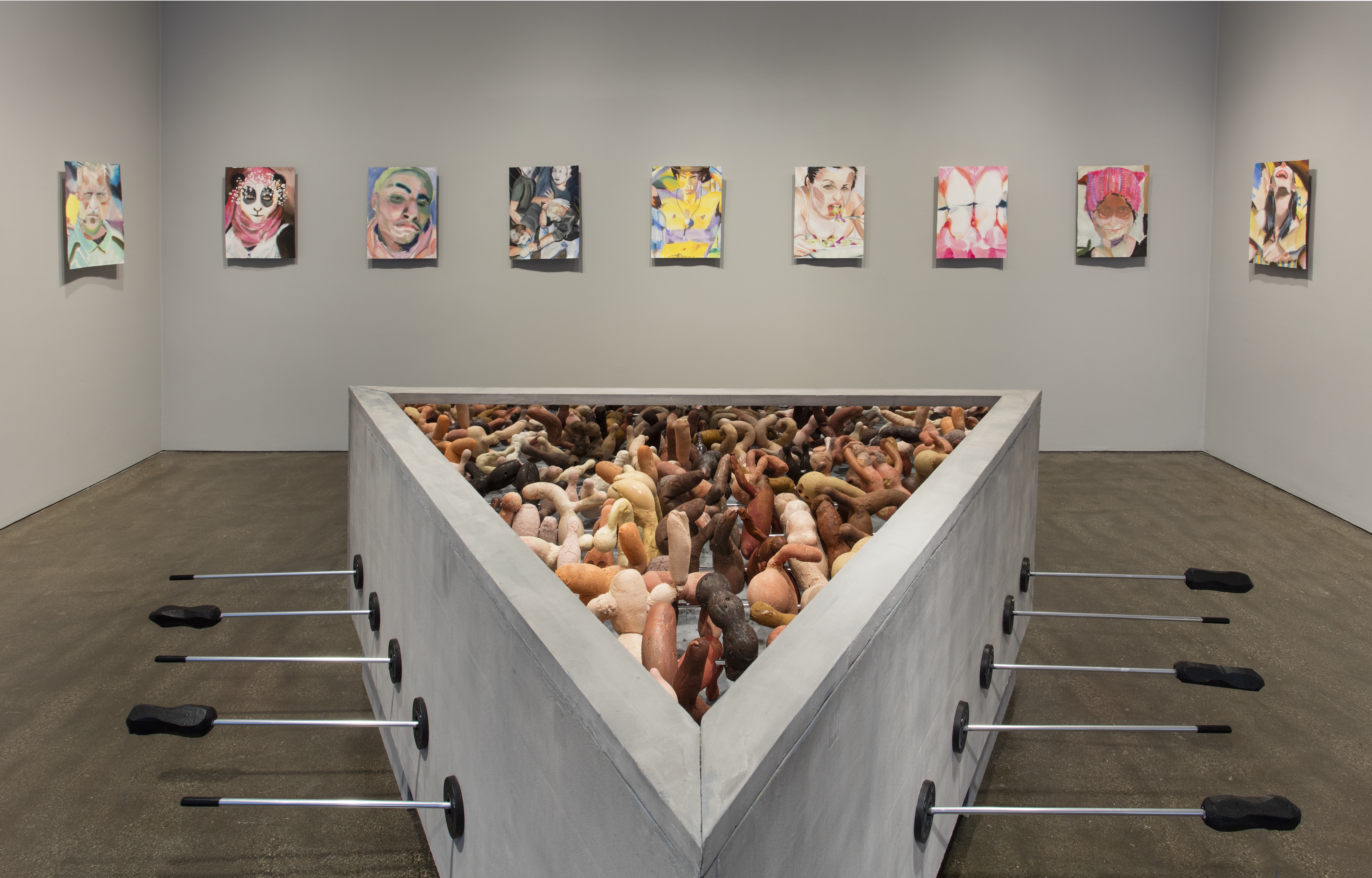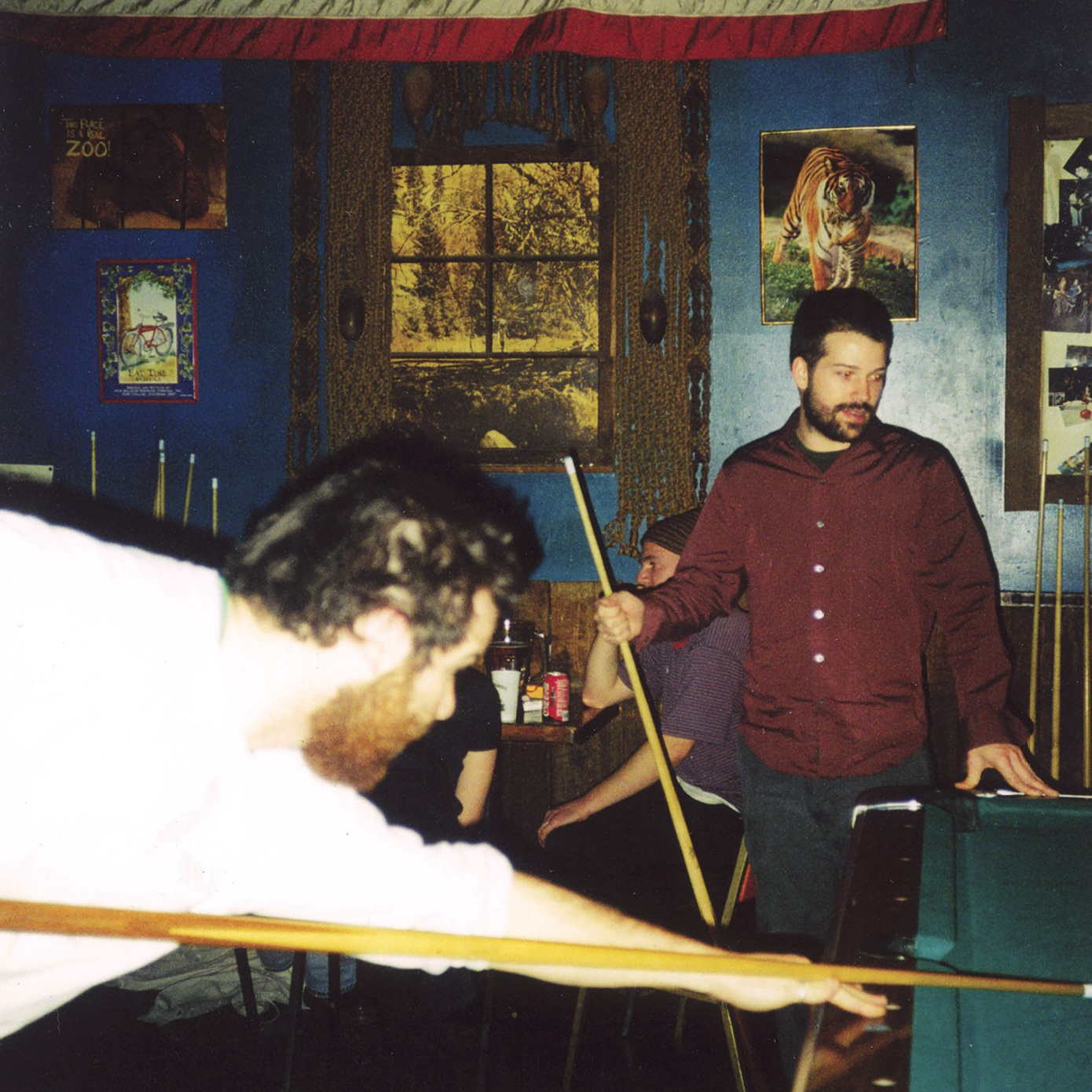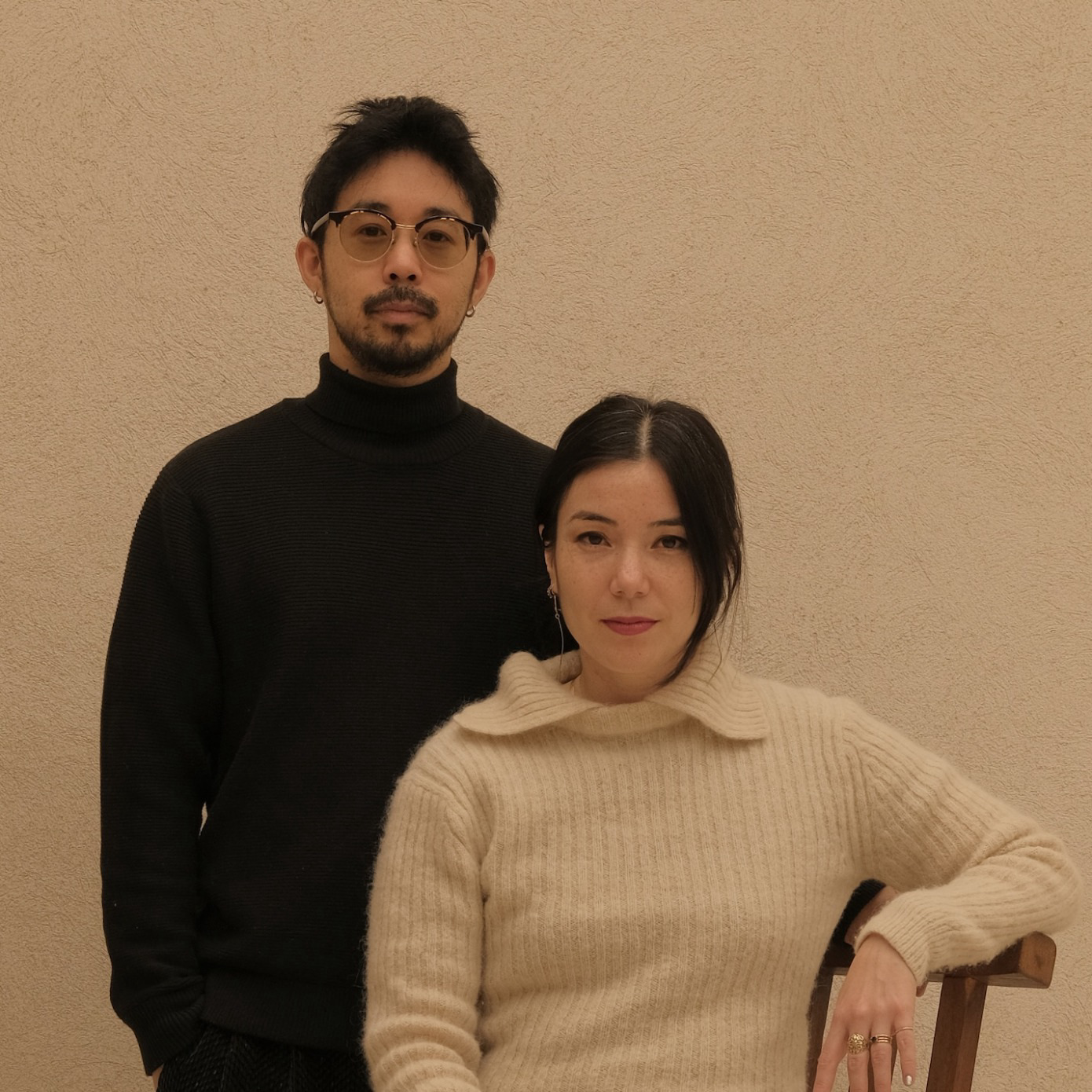
"I’ve always been interested in this idea of what makes a human take shape,” says artist Molly Lowe on a November visit to her Brooklyn studio. We are surrounded by the evidence. There are faces and limbs covering every conceivable surface. In the jumble of bodies, I spy several masks from Lowe’s first full-length film, Redwood, which debuted at Pioneer Works in 2016. Taking one off the wall, the mask eclipses her face for a second. The smile skews upward in creepy perpetuity.
For Redwood, the artist made 50 of these masks, many of which tracked the progression and expressions of a singular character as she aged from 8 to 80 years old. Like a Paul McCarthy film, there is a gleeful horror to Lowe’s work as well as an intensity of craft. That’s why, when the Hammer approached her for a solo show shortly after her opening at the L.A. nonprofit Joan, Lowe decided to give prosthetics a break. “I knew I didn’t want to make a mask again,” she laughs. “When making a film, you have to be so obsessed that there is hardly room for anything else in your life. I was pregnant so I wanted to work on something I could do with my hand and my wrist.”
Instead of solely focusing on corporeal sculptures, such as the subway car of pillows she installed at Suzanne Geiss in 2014 or the perky breast-meets-sand dune that accompanied Redwood at Pioneer Works, Lowe decided to return to her first love: painting. “I’ve had this fear for a long time about not wanting to be boxed in,” she says. “It so often happens that something starts selling and then people want you to only make more of it. It’s all in the spirit of ‘This is your thing,’ but you end up as a production line. I’m trying to create a lot of elbow room.”

The artist illustrates by pulling out an early experiment, a large painting inspired by the rose ceremony on The Bachelor, where hopeful contestants receive pre-scripted fates. In Lowe’s calamitous composition, which calls to mind the orchestral chaos of Dana Schutz, the eligible women are almost indistinguishable from one another, blurring together in a mass of skin tones and appendages, not unlike the characters in her films. “A lot of things that I’m interested in are about the inside and the outside and what it is like dealing with other people in physical space,” she says. “If you were to see some data graph of an event, these are the weird blobby icons for the potentially real people that are all around you.”
The humor and obsessive detail in Lowe’s work betrays the artist’s fascination with humanity, not only as a subject but as an escape route. Her work is not simply about representation or what makes us human, but that undeniable curiosity we have for each other and the reliance it builds between us.
For the Hammer show, which is on view until May, Lowe shares her cocktail of excitement, disgust and love for the people who flood our visual landscape, with a series of acrylic gouache portraits she made last year. The people in the images feel recognizable but unplaceable. This is because Lowe sourced them from almost every conceivable corner of the internet—in deep dives into the 24-hour news cycle. “I’d cast my net out and fish for complete strangers, sometimes stalking them into meandering rabbit holes and painting them for hours, days and weeks,” the artist says of her selection process. “I’d often paint each person over and over again and seven different people would arrive out of just one image.”

Rendered in quick drying paint on paper, her completed portraits have a speed and confidence that echo the anonymous clip at which the people around us pass us by both on and offline. If one looks closely, there is a uncomfortability or even darkness lurking in some of the works. With small manipulations, Lowe reminds us it is rarely, if ever, that we bother to look more closely at what’s going with one another despite our voracious appetites for faces.
In addition to the paintings, Lowe produced a singular sculpture, a foosball table with fleshy, faceless players. The tabletop game offers yet another dimension to the nameless mass. Together they are a cast, but for what?
“I could look for common veins or reasons they should or shouldn’t be included for political or provocative reasons,” Lowe says of choosing the final ensemble. “But in the end I think it’ll be a lot more personal than that, like a composition in a painting or a combination of characters in a story, a certain type of magic takes place between the elements that the artist trusts enough to set free and let it do its thing. Hopefully I can achieve just that and let people read into it what they will. It’s what will make the show come alive. It’s what we do.”




